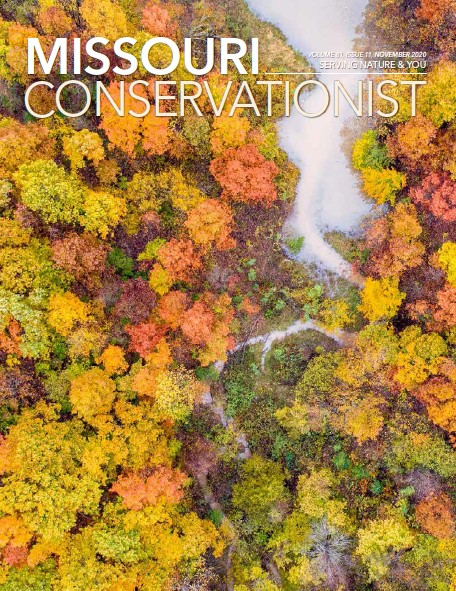As Nicky Walker surveys the meandering sloughs and wetland flats in Unit A of Duck Creek Conservation Area (CA), she’s quick to point out that the dozen or more cattle egrets taking advantage of the surrounding water-filled sloughs on a hot July day would have been nowhere in sight a decade ago.
“If we were back 15 years ago in the old configuration timeframe, at this time of year, you would basically see cornfields with no water,” said Walker, a wildlife management biologist who has been Duck Creek CA’s manager since February 2018. “And now what you see today is microhabitats with uplands and a wetland component mixed in. You see wood duck and hooded merganser hens with ducklings utilizing the wetland sloughs, baby raccoons, turkey broods, and whitetail deer benefitting from the resource. The wetland complex has provided a community approach to wetland management that benefits a much larger assortment of wildlife.”
The 6,318-acre Duck Creek CA, located in southeast Missouri between Cape Girardeau and Poplar Bluff, is one of five MDC-owned, intensively managed wetlands that have been undergoing a 10-year, multi-million-dollar renovation as part of the department’s Golden Anniversary Wetland Initiative, said Wetland Ecologist Frank Nelson.
“The impetus was to look at the five older intensively managed public wetlands in the state — Ted Shanks, Fountain Grove, Montrose, Duck Creek, and Schell-Osage,” said Nelson. “Instead of taking a patchwork approach, we realized it was time to stop addressing symptoms and focus on the root causes of problems that plagued these older wetlands. We took a step back and looked at the entire system and how we could rejuvenate these wetlands for the next 50 years.”
Working Against Nature
At one time, wetlands dominated the southeast corner of Missouri — an area that includes Duck Creek CA and neighboring Mingo National Wildlife Refuge — but, as with many of the state’s marshes and swamps, they were drained and converted to agriculture. Even by the 1940s–1950s, when conservationists began to recognize the importance of wetlands, their approach was narrowly focused, Nelson said.
“We originally threw up levees to hold water deep enough so that we could get our boats out to waterfowl hunt, but over time we’ve realized that we could do a better job of rehabilitating these areas by creating habitat for a range of critters,” he said.
Those original levees, like any typical flood-control levee, were designed with simplicity in mind to either keep water in or out and not be over-topped by floods. During the growing season, the impounded fields would be held as dry as possible and planted with corn or soybeans. In the fall, area managers would use water-control structures to flood the fields for fall migrating waterfowl.
Steep sides, decades of exposure to the elements, and inevitable flooding left levees and water control structures in need of frequent repair or replacement. To help address this emerging engineering challenge, the Golden Anniversary Wetland Initiative involved changing the very nature of how our public wetlands are designed, said Wetland/Waterfowl Ecologist Andy Raedeke.
“One of the major drivers is how to design infrastructure that works with natural systems rather than against them,” Raedeke said. “Before, we thought we could control nature by building levees and pumping water to have the habitat where and when we wanted it. It turns out many of our problems were caused by this mindset. So not necessarily going back to what the Native Americans saw, we began to ask how can we design more resilient infrastructure that is working in enhancing system processes rather than trying to dominate and fight nature.”
Water Flows and Natural Communities
To tackle this new approach, MDC brought together a team from different disciplines, including fisheries, wildlife, hydrology, and engineering, to develop the “what” and “how to” in the renovation.
“With these kinds of renovations, our goals often revolve around restoring the natural flow patterns and natural vegetation communities, while at the same time of accommodating our multiple public uses,” Nelson said. “I think those are pretty universal, but how it is put on the landscape is different because the amount of water in the watershed, soils, water table, and location on the floodplain varies. The objectives are trying to rehabilitate and improve ecological function, but that may look different on each area.”
Restoring water to flow more naturally requires more than just undoing the past, it requires uncovering the past with a combination of technology and old-fashioned research. Planners, using data collected from laser mapping — a technology known as light detecting and ranging (LiDAR) — and traditional sources of historic maps, photographs, and documents, identify the original routes of streams and wetland depressions that would have been connected by historic flooding.
“What we try to do is figure out how the wetlands functioned historically and how do they operate today. LiDAR helps with this immensely,” he said. “It allows us to understand the topography at a much higher resolution and at a much broader extent than with just general land surveys.”
Leveling the Levees
One of the ways planners facilitate the natural movement of water across the landscape is to modify the height, slope, and position of levees, along with incorporating broad spillways for flood waters. This allows flood waters to flow more slowly, evenly, and naturally through the area. Because the water is moving slower with less energy the levees do not have to be repaired after floods, therefore saving time and money.
“Historically, we’ve tried to reduce diversity, and a lot of our wetland restoration work now is about hardwiring that complexity back in,” Nelson said. “Restoring sloughs and taking advantage of the surrounding topography helps do just that.”
Community Planters
Having the literal groundwork complete on restoring the natural water flow means the figurative groundwork has been laid for restoring the natural vegetative communities. With the right water conditions, seed producing wetland plants like smartweed, millet, and sedges respond. With a little help from reintroducing select aquatic plants, other species like bulls-tongue arrowhead, burreed, and pickerelweed have also taken off. Combined with the responding insect populations that are also drawn to these plants, a wide range of migratory species, including shorebirds and waterfowl, have access to a more natural and balanced diet as they pass through seasonally.
“Wetland vegetation is diverse naturally,” Nelson wrote of Duck Creek CA in 2014. “Some plants handle the extremes of drought, while others thrive in flooded conditions. By establishing a foundation to manage native plants, we have essentially provided an open buffet for multiple species.”
Gateway to Nature
And while providing habitat for species that rely on wetlands, reducing the effects of flooding, and improving water quality for those living downstream are all important benefits of restored wetlands, they also offer another benefit — the opportunity for Missourians (and our visitors) to connect or reconnect with nature, Raedeke said.
Traditionally, Missouri’s intensively managed wetlands were designed with waterfowl and waterfowl hunters in mind, but even with a redesign that focuses on the entire ecosystem to benefit many species, waterfowl continue to benefit, he said.
“It is a pretty compelling story, looking at the change over time in the duck numbers that we’re supporting in Missouri,” he said. “And the increase in waterfowl hunter trips.” Now, the attraction has broadened, especially for birdwatchers in particular and wildlife viewers in general.
“Many of these restored wetlands are now identified as top birding locations in Missouri,” he said.
But to suggest that the appeal is limited to birders would be a mistake, as wetlands harbor a variety of amphibians, reptiles, and mammals.
“People probably are not aware of the diversity of critters that use our wetlands and the role restoration plays in providing habitat for these species,” he said. “Wetlands are one of the most popular places for outdoor recreation and provide a gateway for people to get excited about nature.”
The Miracle of Microhabitats
Back at Duck Creek CA, Nicky Walker has seen the benefits of restoring the water’s natural flow and re-establishing the native plants. More than 10 miles of steep-sloped levees were levelled, and a mile of drainage ditch was replaced by a much shallower 2-mile meandering channel. The broader, shorter, contour-oriented levees that help create a variety of habitats are indistinguishable to the untrained eye.
“By doing the renovation, by putting in meandering scours, and by putting in areas that are going to hold water versus areas that are going to drain water, we’ve created microhabitats within the wetland,” she said. “These microhabitats have provided opportunity to see an increase in crayfish, reptiles and amphibians, and native fish species, specifically a lot of our species of conservation concern. By monitoring these species, we can track the health and success of the wetland renovations.”
Determining the ultimate success of the renovation at Duck Creek CA — and at the other four areas targeted by the Golden Anniversary Wetland Initiative — will require continued survey and monitoring, but Walker is happy with the initial results.
“For the most part, the original function that they were trying to create has been successful, and we’ve hopefully created a system that’s low in maintenance and high in reward,” she said. “It does take you back into time. You can imagine what this landscape looked like before we came in and created ditches, when this was a true, historic wetland in the southeast region.”
The Wetland Story Continues …
Wetland restoration is not limited to public land. As part of the Farm Bill in the mid-1990s. MDC partnered with the federal Natural Resources Conservation Service to facilitate the Wetland Reserve Easement (WRE) program, which continues to this day. Together, the agencies created four Wetland EmphasisTeams (WETs) composed of an engineer, soil scientist, and biologist in different corners of the state to restore wetlands onland that was too wet to farm.
This team’s approach to wetland restoration on private land charted this new course of wetland engineering and rehabilitation that has also been implemented in the Golden Anniversary Wetland Initiative. To date, over 160,000 acres of wetlands have been restored by the WETs across the state.
If you have land that is regularly flooded, perhaps it’s time to look at other available options and consider becoming part of this successful restoration story. You can contact the WETs in your region or work through your local private land conservationist to see if your land qualifies for WRE. You can hear more about WRE and what it has done for the land from a fellow WRE landowner here: short.mdc.mo.gov/Z64.
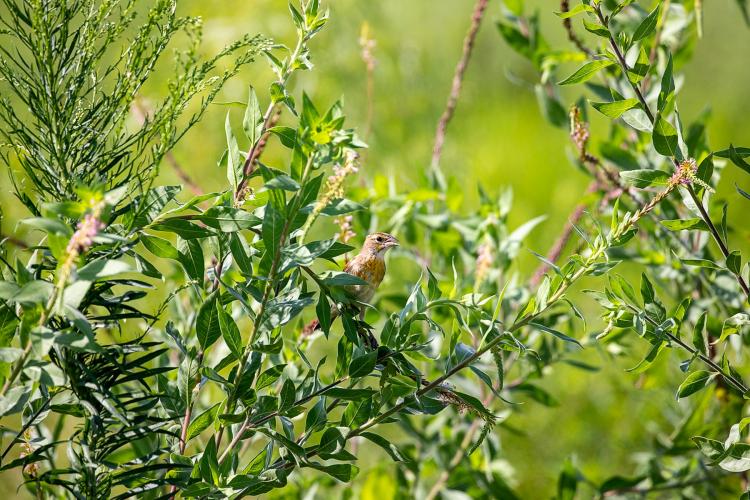
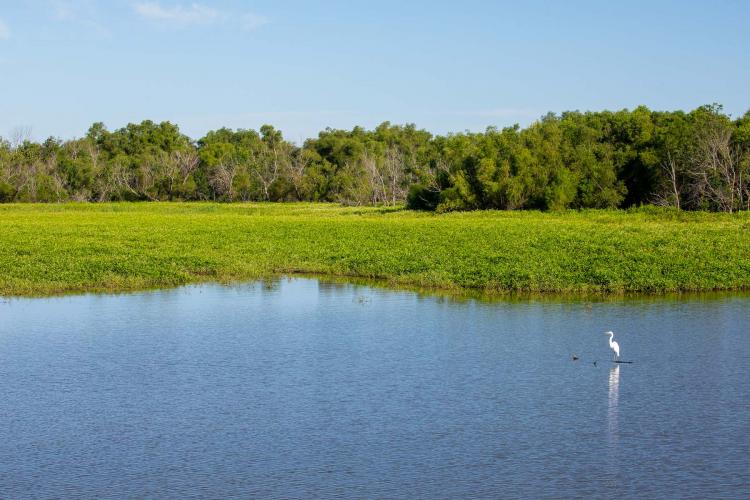
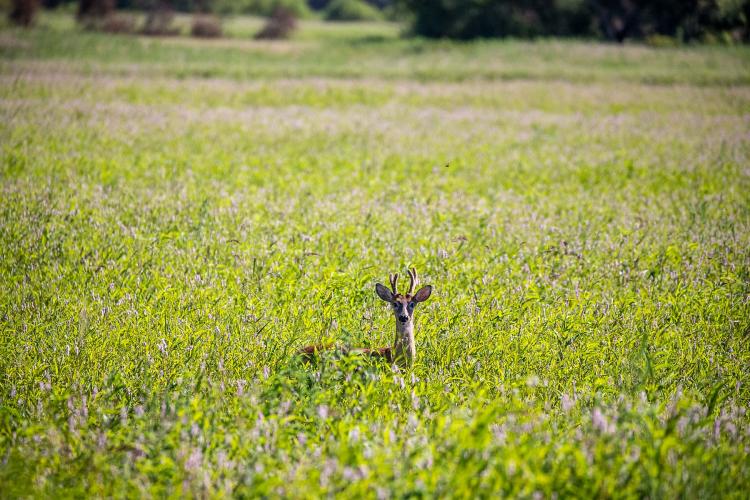
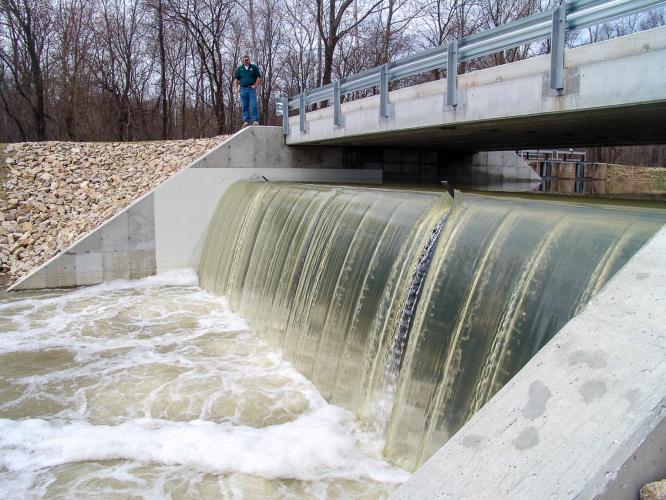

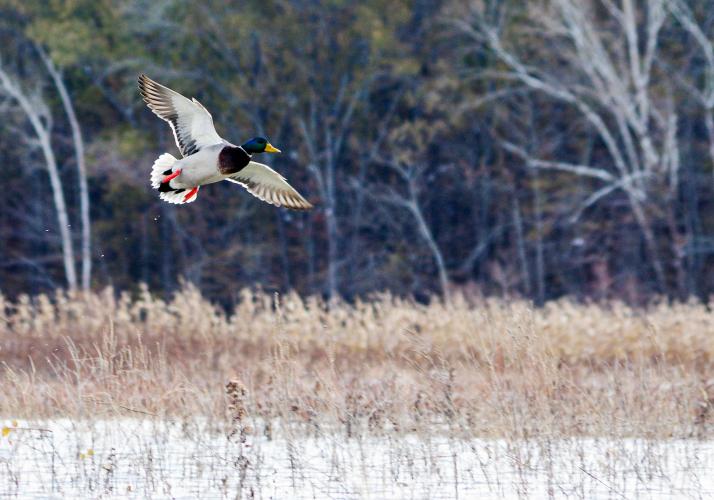
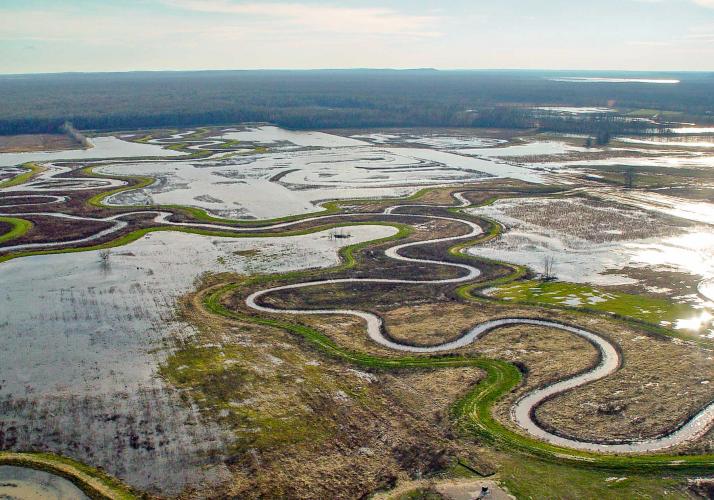
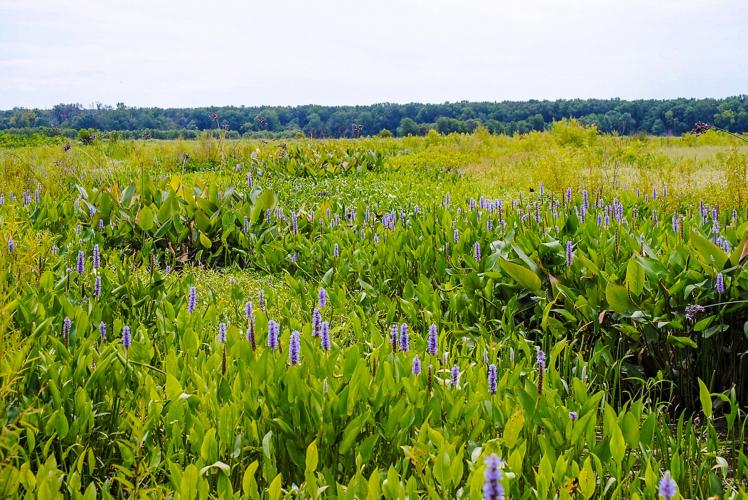
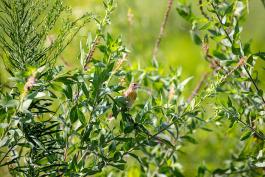
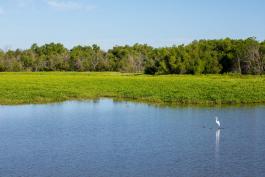
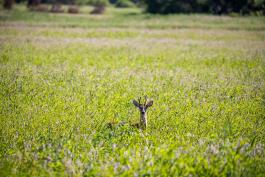
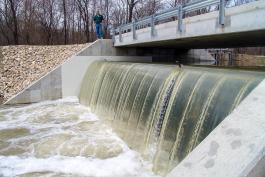
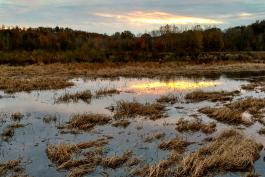
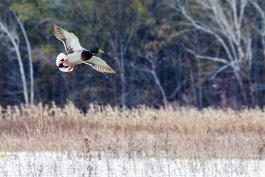
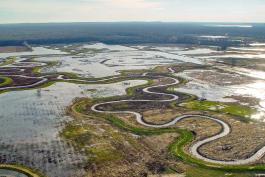
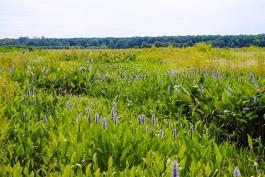
Also In This Issue
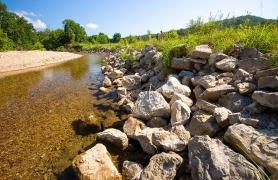

And More...
This Issue's Staff
Editor - Angie Daly Morfeld
Associate Editor - Larry Archer
Staff Writer - Bonnie Chasteen
Staff Writer - Heather Feeler
Staff Writer - Kristie Hilgedick
Staff Writer - Joe Jerek
Art Director - Cliff White
Designer - Shawn Carey
Designer - Les Fortenberry
Designer - Marci Porter
Photographer - Noppadol Paothong
Photographer - David Stonner
Circulation - Laura Scheuler






















